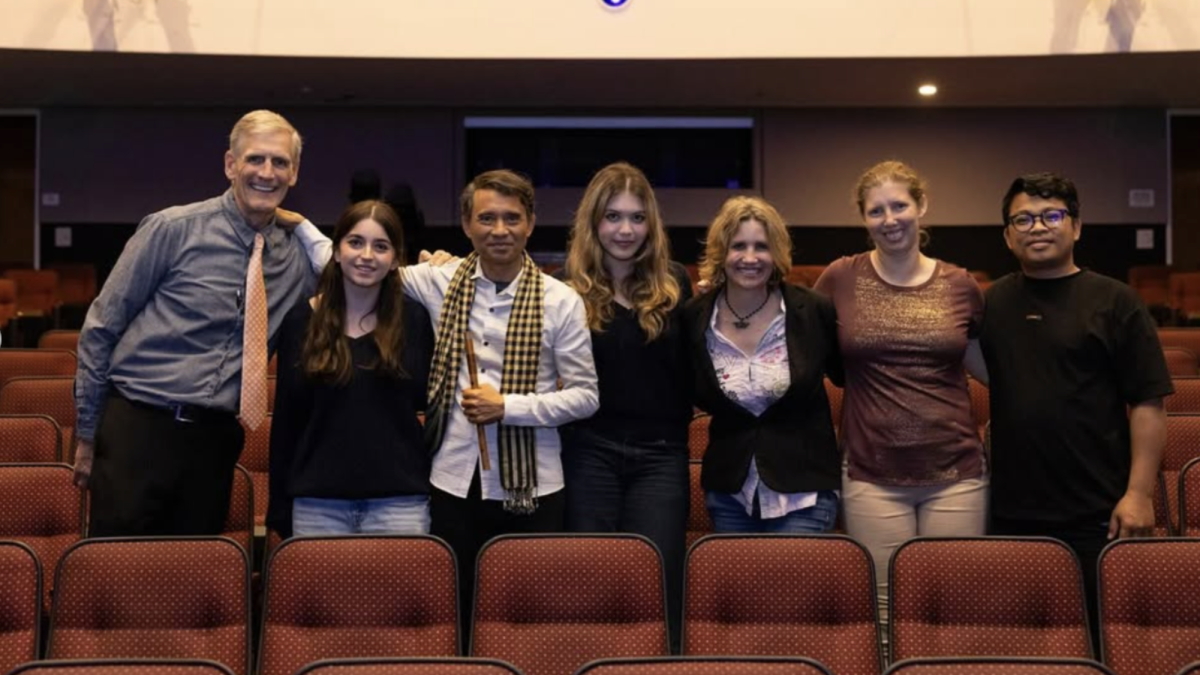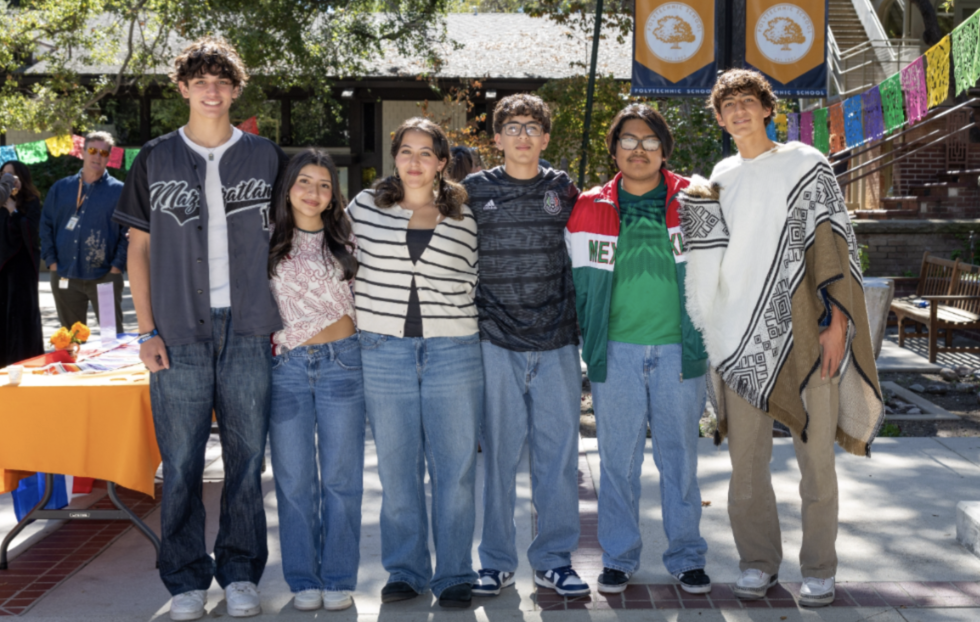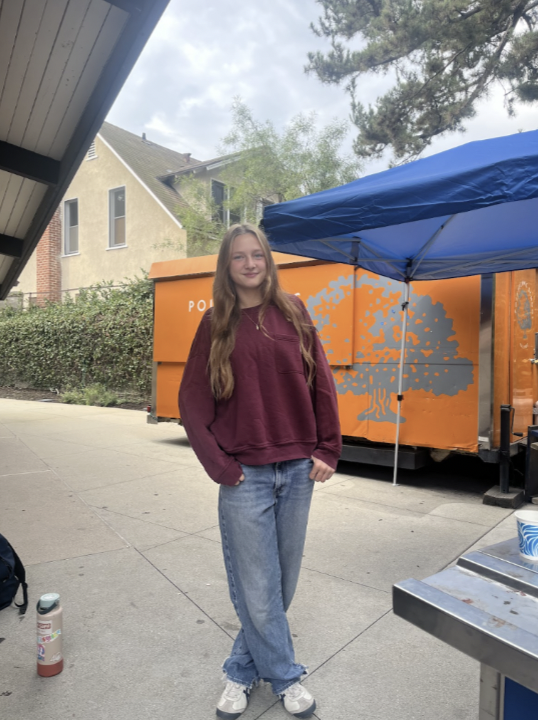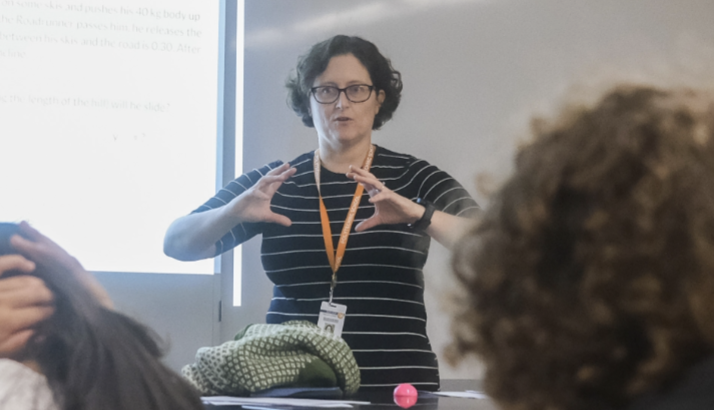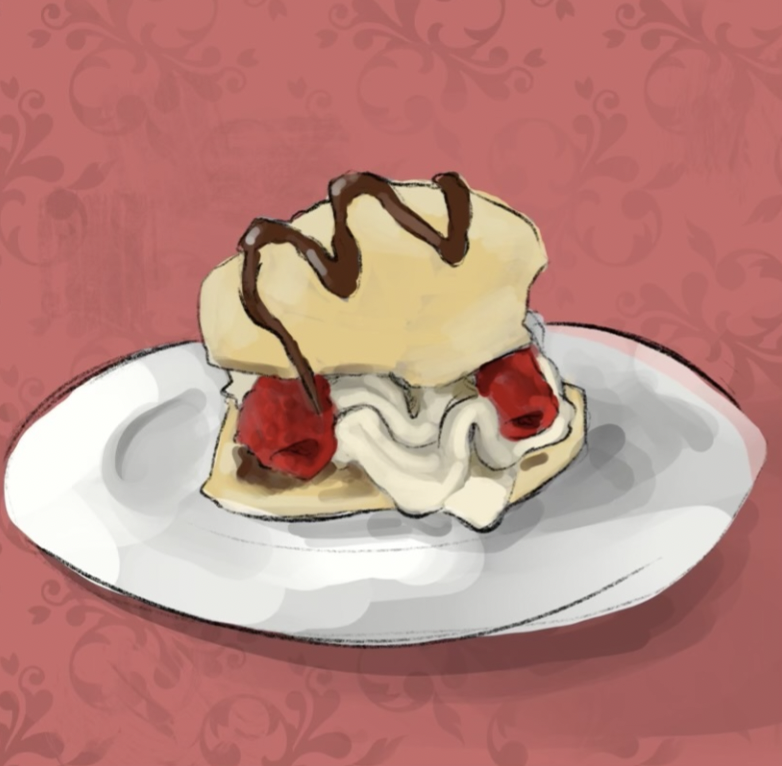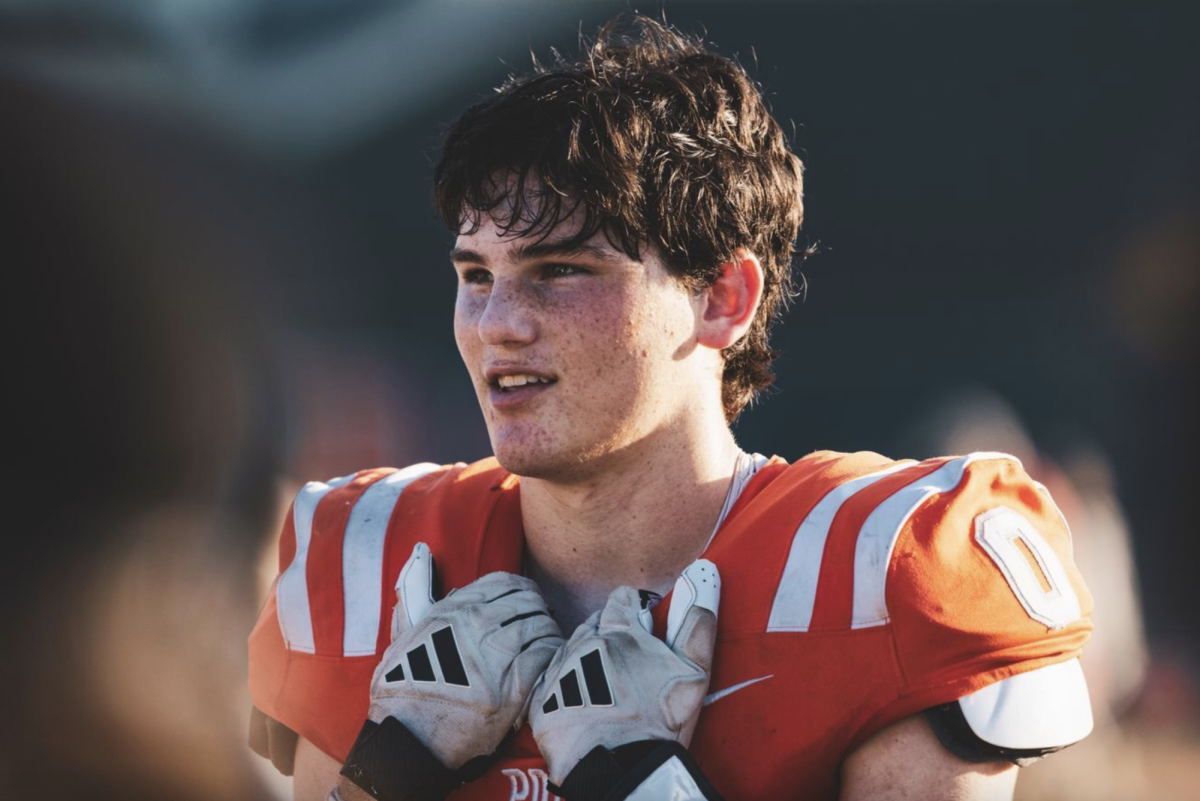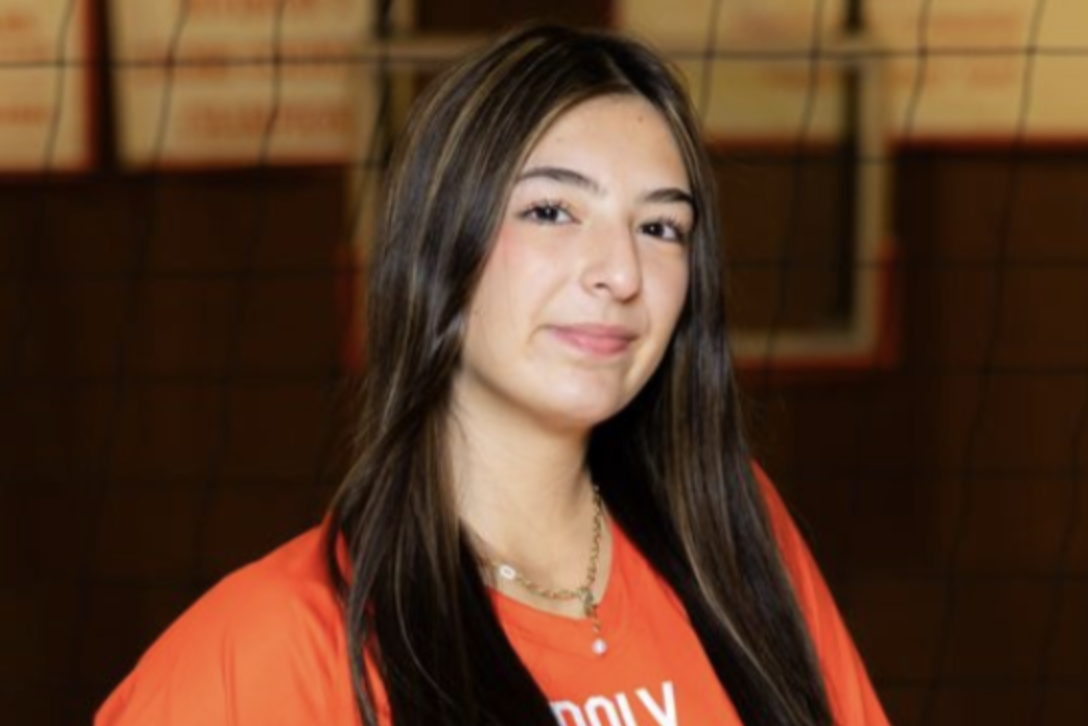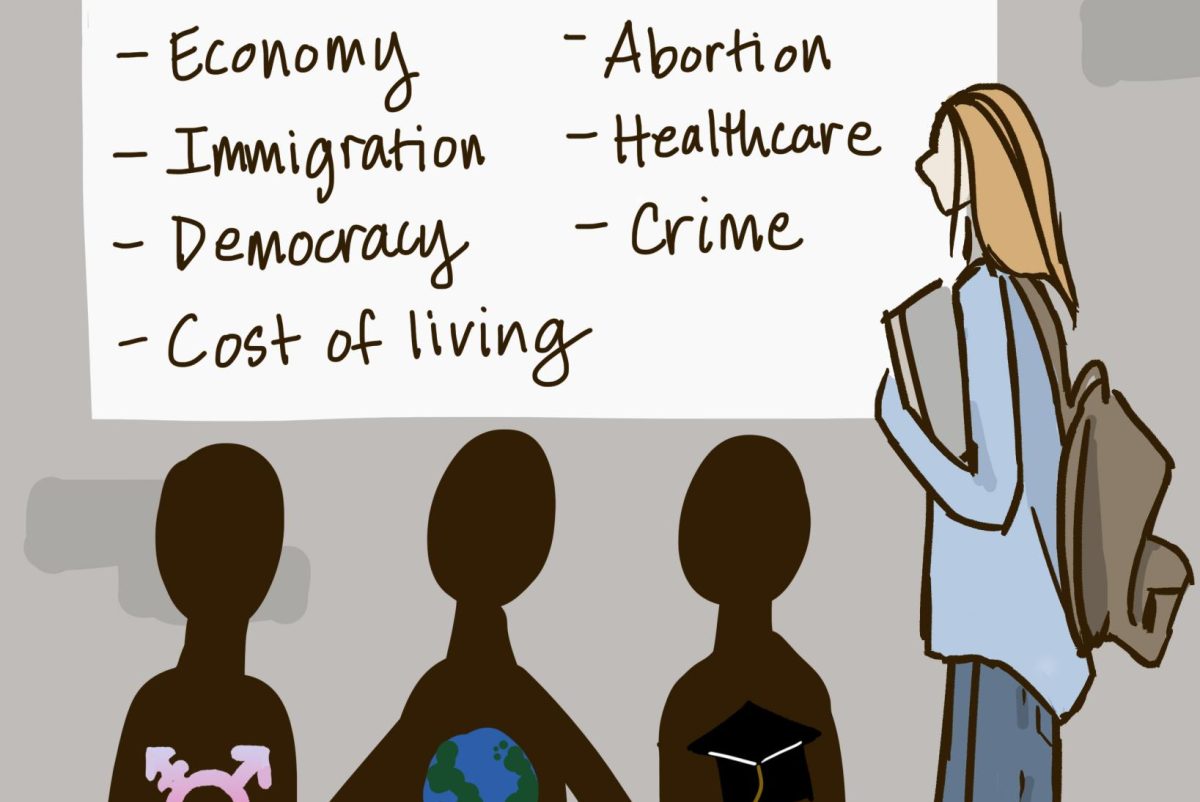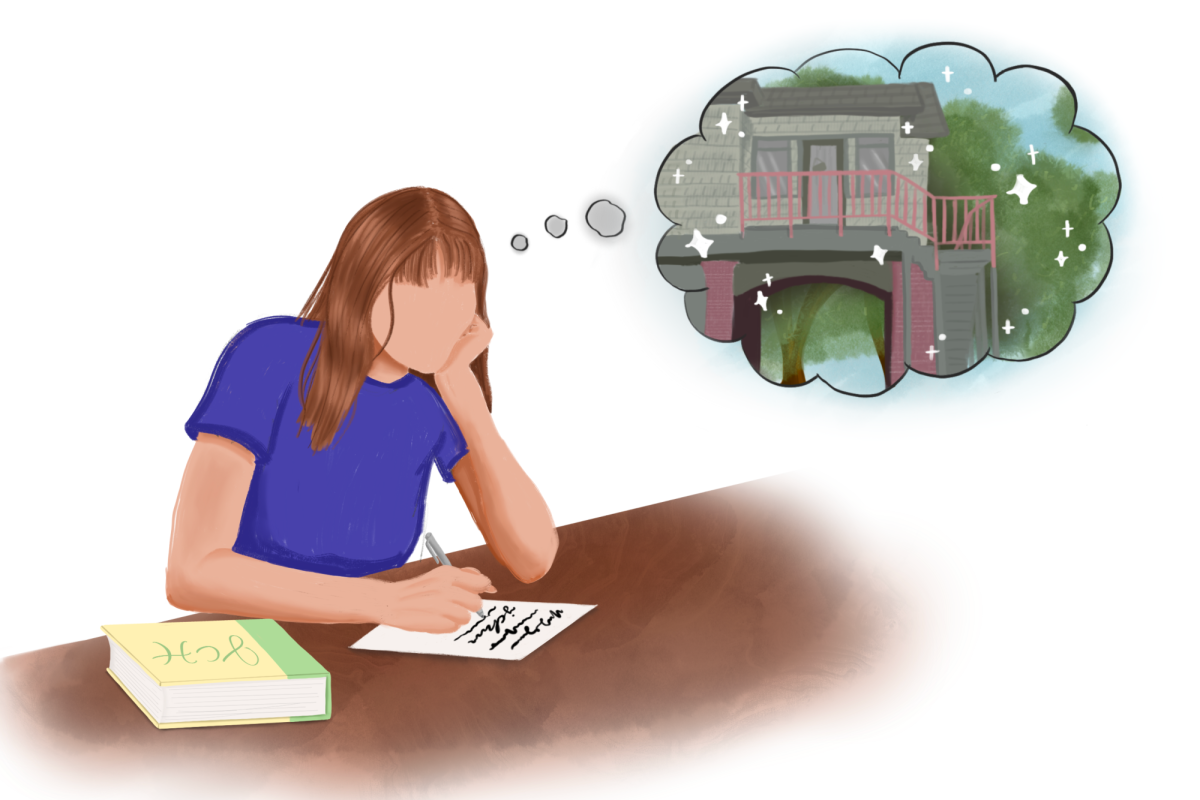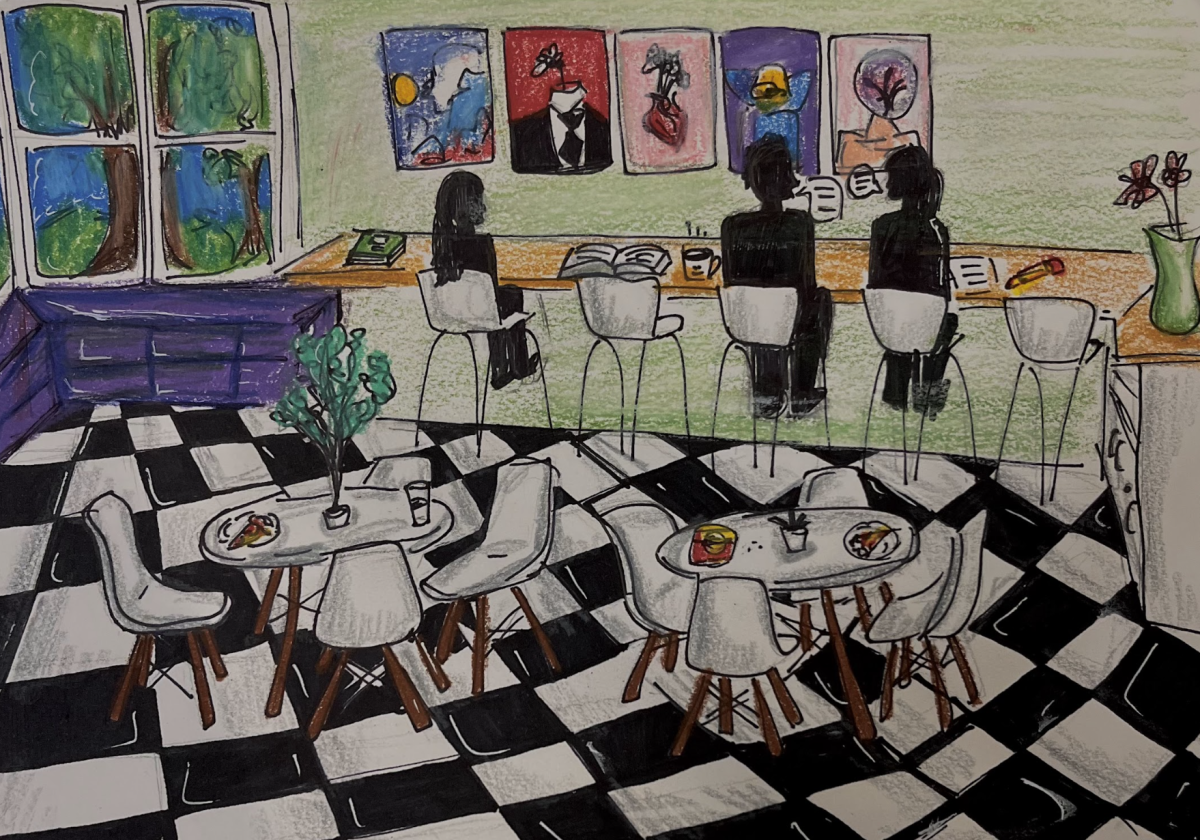The bell rings, and the entire Upper School floods to their respective patios. Some students mingle while others enjoy solitude. Many rush to Haaga, grabbing goldfish to replenish their energy for their next classes. However, due to only having ten minutes for snack time, students can hardly get more than one bite of a snack, one word with their friends, and one second of rest before it is time to resume their busy schedules.
When comparing the 2015 schedule to our current one, Poly has already added a mid-morning break. Although our break is ten minutes on paper, in actuality, it is only five minutes due to the time it takes for students to arrive at their next class.
A major issue with the shortened break is that it doesn’t allow enough time for students to refuel. Because of the significant gap between the start of school at 8:30 a.m. and lunch at 12:30 p.m., many students are tired and hungry well before lunchtime. Since students are usually prohibited from eating in class, breaks serve as the only opportunities to grab a bite during those four hours.
“I never feel that I have enough time to buy a snack or talk to my friends before the break finishes,” explained sophomore Cici Liu.
Additionally, students are often late to class as they do not have ample time to go to their locker, use the bathroom and grab food in just ten minutes. Other local schools have experienced success after implementing a longer snack break. Flintridge Preparatory School, for example, has a break from 10:20 a.m. to 10:40 a.m., an additional 10 minutes in comparison to Poly’s.
Students need a longer break not only for refueling physically but also for refueling mentally. Breaks provide growing teenagers with a necessary mental reset that allows them to perform better in class. According to a 2012 study conducted by Mary Helen Immordino-Yang at USC and MIT, when the brain returns to default mode — “a state of rest that’s usually associated with taking a break or letting our minds wander” — it becomes highly active, engaging different regions of the brain than when we are focused.
Although learning done in the classroom is undoubtedly important, the ability to use the more creative and social parts of our brains also plays a significant part in developing who we are and how we interact with the world outside of Poly. Five minutes, sometimes even less when let out of class late, is simply not enough time for the brain to make the mental switch from the academic to the creative side.
In students’ ever-busy lives filled with extracurricular activities and homework, they lose the chance to slow down and talk with others or have a quiet, private moment to think. Thus, Poly should extend the mid-morning break by 10 minutes, allowing students enough time to actually eat a snack and take a necessary intermission from class.



